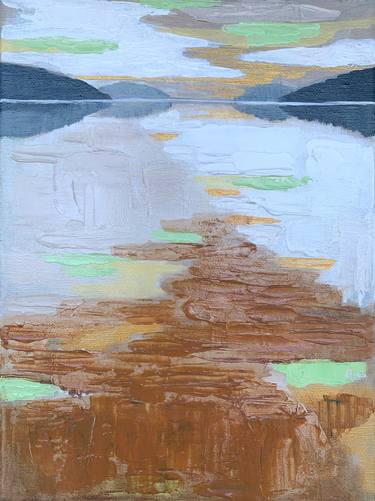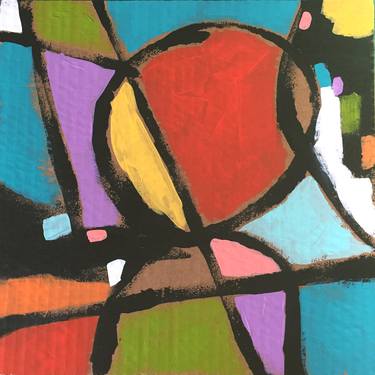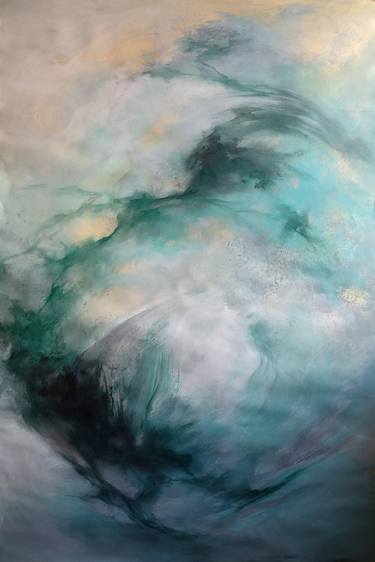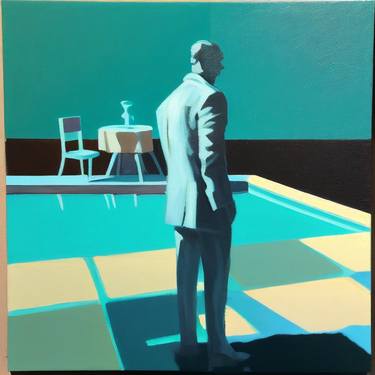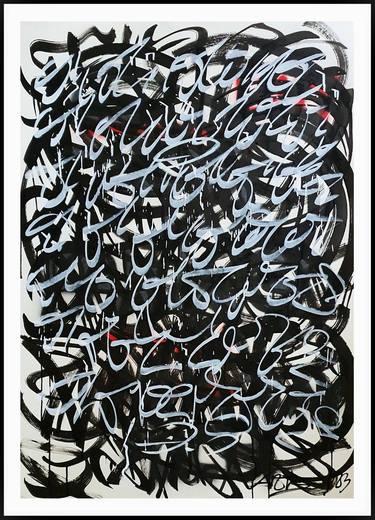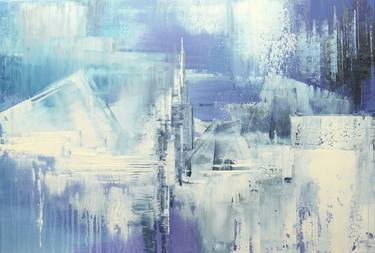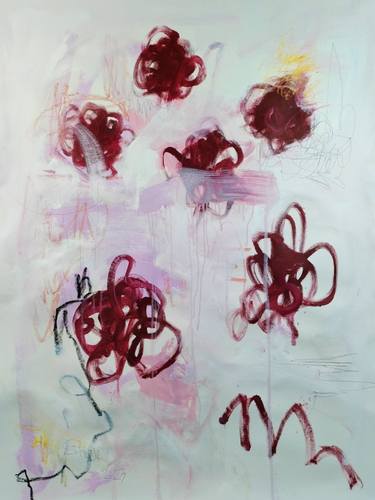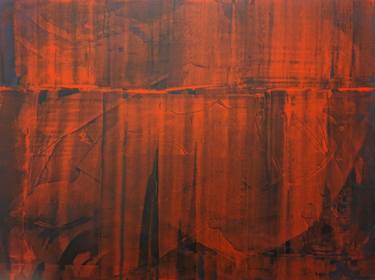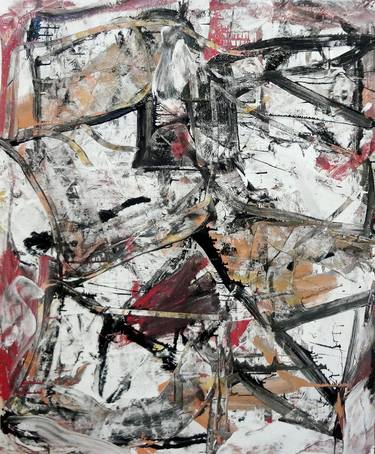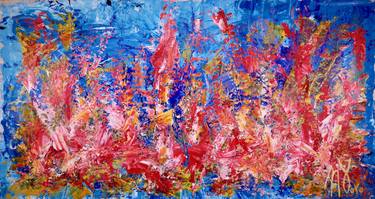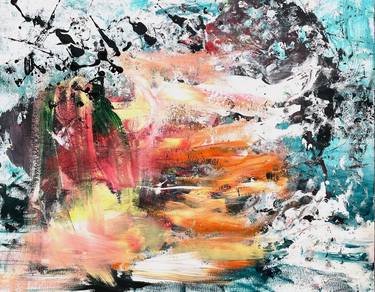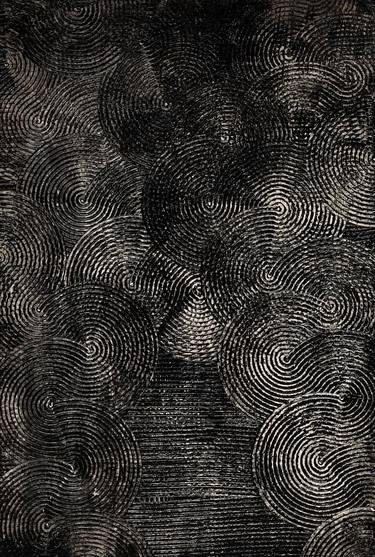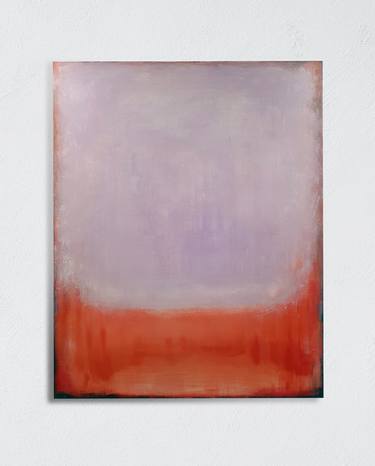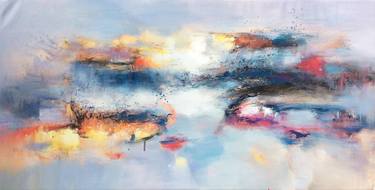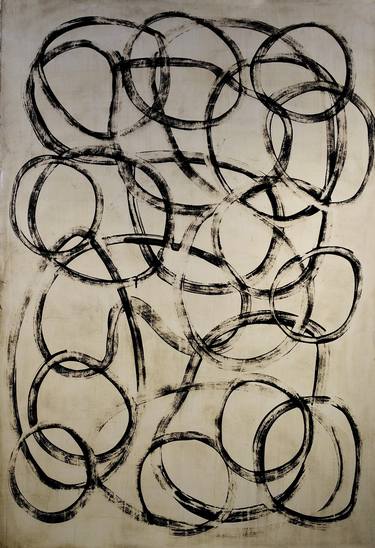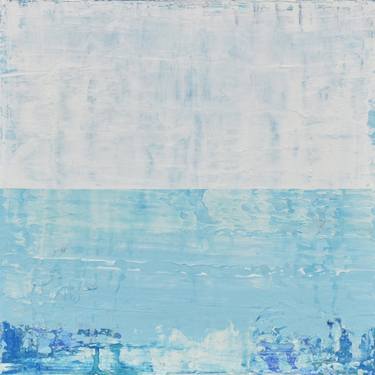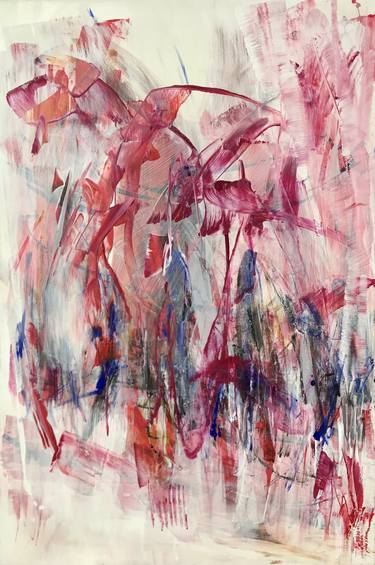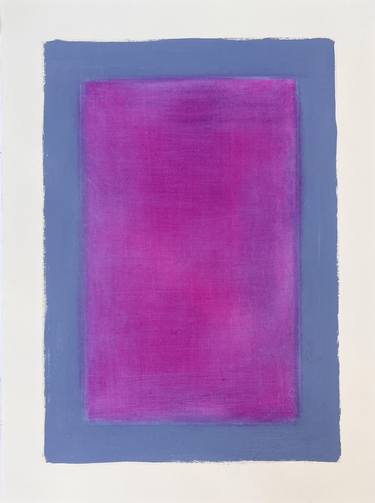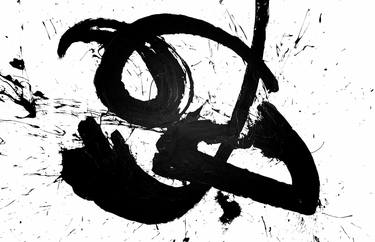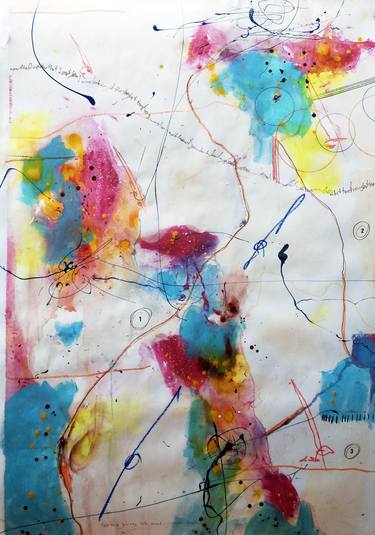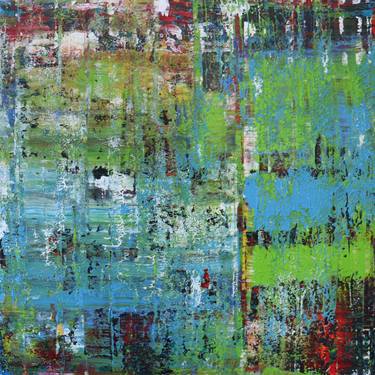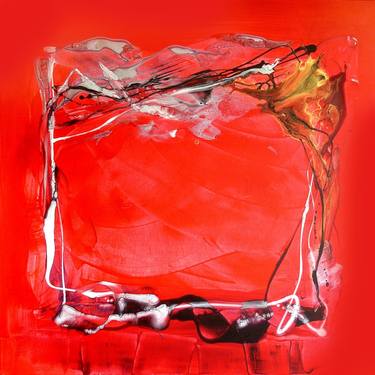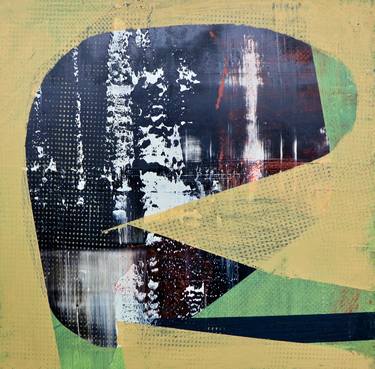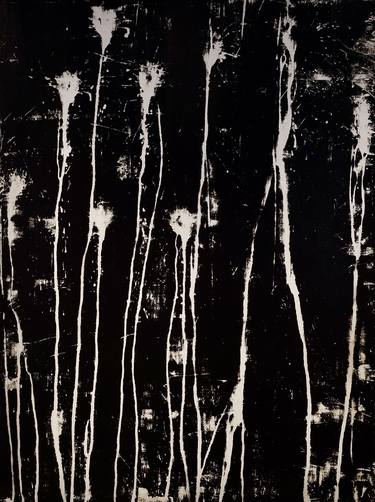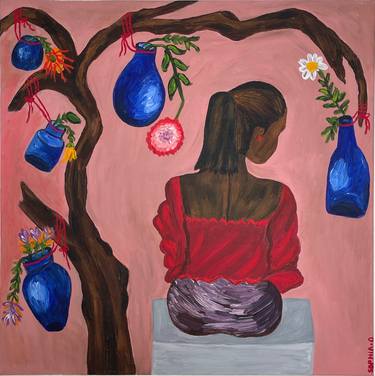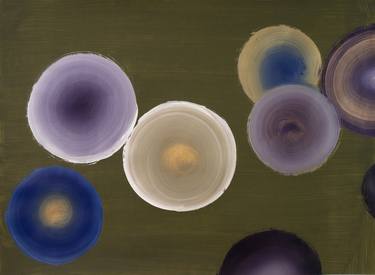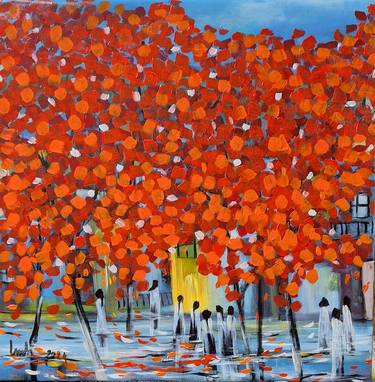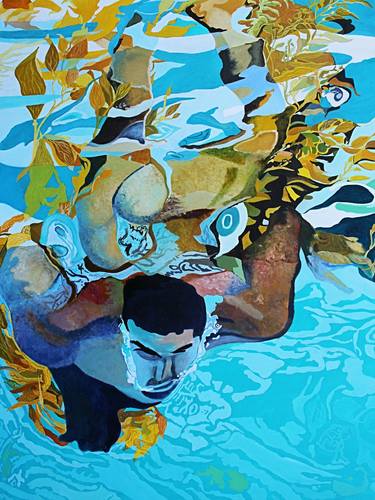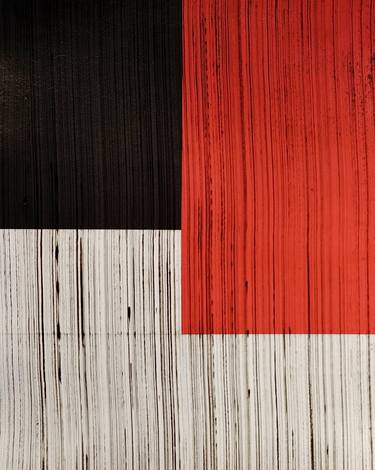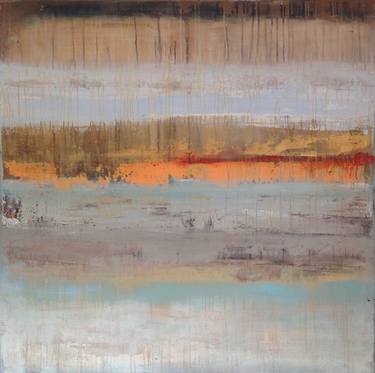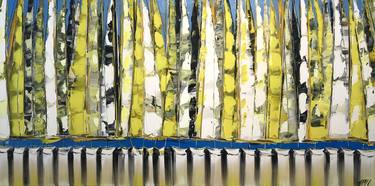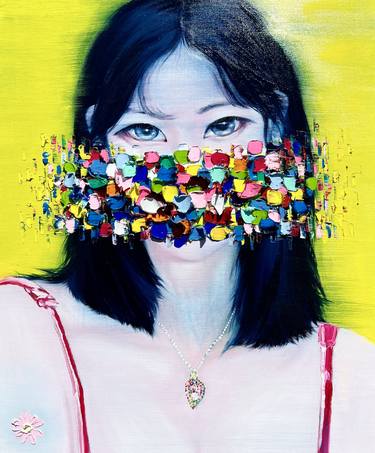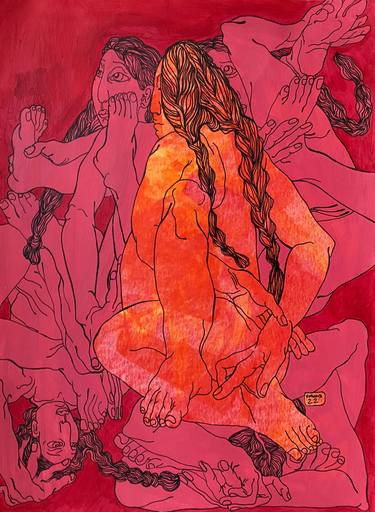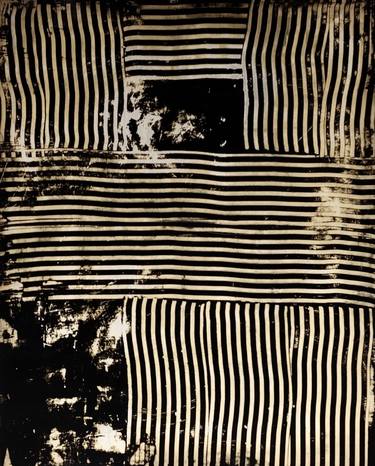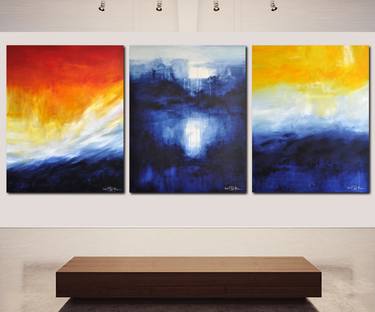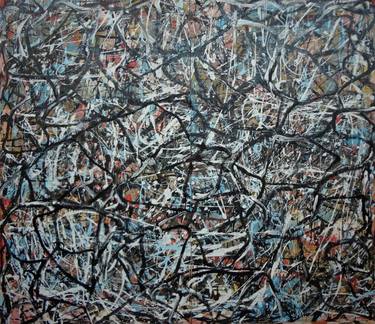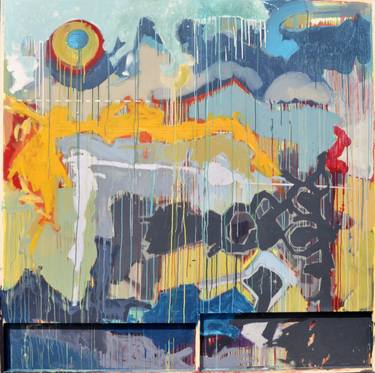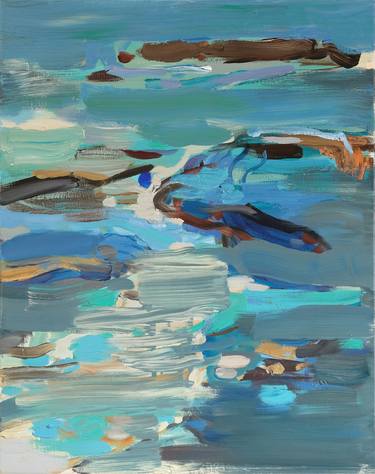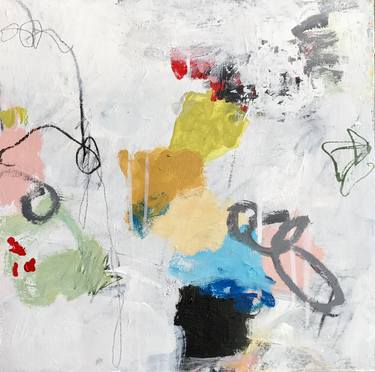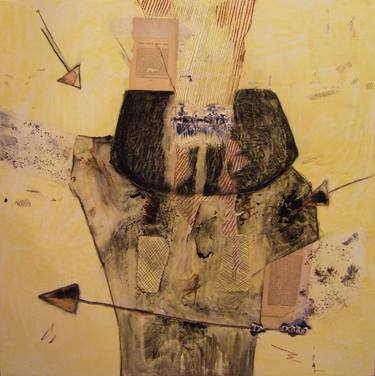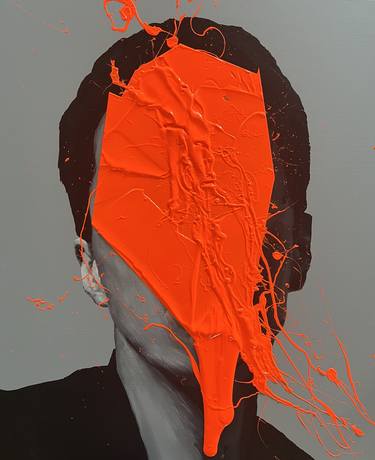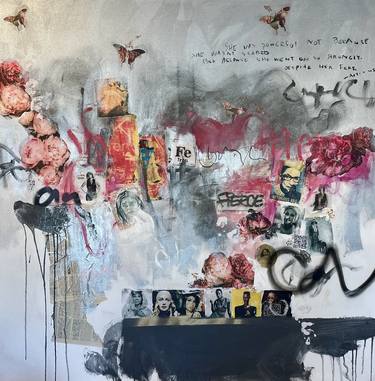- All Artworks
- Paintings
- Abstract Expressionism
Abstract Expressionism Paintings For Sale
Browse art and see similar matches
Try Visual Search
Category
Filter (1)
Filter
Category
Style
Subject
Medium
Material
Price
Size
Orientation
Color
Artist Country
Featured Artist
Paintings, 9 W x 12 H x 0.7 D in
Canada
$300
Paintings, 12 W x 12 H x 1 D in
United States
$950
Prints from $40
Paintings, 22 W x 29.9 H x 0.1 D in
Italy
$1,690
Prints from $100
Paintings, 39.4 W x 53.5 H x 1.5 D in
South Korea
$4,580
Paintings, 38.2 W x 58.3 H x 0.1 D in
Ukraine
$740
Paintings, 12 W x 12 H x 1 D in
United Kingdom
$930
Paintings, 27.6 W x 39.4 H x 0.1 D in
Mister Artsy Graffiti Streetart Amsterdam
Netherlands
$518
Paintings, 38 W x 26 H x 1 D in
Canada
$920
Prints from $40
Paintings, 35.8 W x 46.9 H x 1.2 D in
France
$2,870
Paintings, 47.5 W x 36 H x 1.5 D in
United States
$970
Paintings, 52 W x 64 H x 1.5 D in
United States
$6,820
Paintings, 69 W x 36 H x 2 D in
United States
$10,090
Paintings, 39 W x 31.5 H x 0.1 D in
Germany
$1,260
Prints from $85
Paintings, 11 W x 16.1 H x 0.1 D in
Italy
$1,090
Prints from $100
Paintings, 48 W x 60 H x 1.5 D in
Australia
$7,170
Paintings, 63 W x 31.5 H x 0.1 D in
China
$870
Prints from $40
Paintings, 29.9 W x 45.7 H x 0.1 D in
Italy
$2,980
Prints from $100
Preaching happiness to the lost
Paintings, 34.1 W x 56.2 H x 0.1 D in
United States
$4,548
Paintings, 12 W x 12 H x 1.5 D in
Canada
$480
Prints from $40
Paintings, 38.6 W x 43.3 H x 1.2 D in
France
$3,195
Paintings, 31.5 W x 47.2 H x 1.6 D in
Italy
$2,330
Paintings, 17.9 W x 24 H x 0.1 D in
Italy
$750
Prints from $40
Paintings, 78.7 W x 39.4 H x 1.2 D in
Ukraine
$1,070
Paintings, 27.6 W x 39.4 H x 0.1 D in
Spain
$849
Prints from $40
Latrigg Tarn [Abstract N°2800]
Paintings, 39.4 W x 39.4 H x 1.6 D in
Belgium
$3,300
Paintings, 40 W x 40 H x 1.5 D in
United Kingdom
$1,537
Paintings, 12 W x 12 H x 0.3 D in
Japan
$230
Prints from $40
Paintings, 22 W x 29.9 H x 0.1 D in
Italy
$2,190
Prints from $100
Paintings, 20 W x 20 H x 1.2 D in
United Kingdom
$1,056
Paintings, 30 W x 22 H x 0.1 D in
United States
$980
Prints from $80
Paintings, 31.5 W x 39.4 H x 1.2 D in
Vietnam
$1,340
Paintings, 15.7 W x 19.7 H x 0.1 D in
Italy
$1,640
Prints from $100
Paintings, 39.4 W x 39.4 H x 1.6 D in
Netherlands
$2,950
Paintings, 27.6 W x 19.7 H x 1.2 D in
Turkey
$1,290
Prints from $95
Lumière de voile… « LIGHT OF THE SAILS » (2016)
Paintings, 47.2 W x 23.6 H x 0.8 D in
Germany
$2,470
Paintings, 23.6 W x 28.4 H x 1.5 D in
South Korea
$1,980
Paintings, 11.8 W x 16.5 H x 0.1 D in
Moldova
$1,020
I will see you in the future 3
Paintings, 16.1 W x 20.1 H x 0.1 D in
Italy
$1,640
Prints from $100
THE SLEEPLESS LONGING FOR THE DISTANT (triptych)
Paintings, 149.6 W x 59.1 H x 1.8 D in
Germany
$16,200
Prints from $97
Paintings, 72 W x 62 H x 2 D in
United States
$7,720
Paintings, 78.7 W x 78.7 H x 2.4 D in
Portugal
$6,390
Prints from $97
Paintings, 15.7 W x 19.7 H x 0.8 D in
Luxembourg
$790
Prints from $100
Paintings, 42.1 W x 29.9 H x 0.4 D in
Canada
$2,820
Paintings, 18 W x 18 H x 1.5 D in
United States
$1,270
Paintings, 39.4 W x 39.4 H x 1.6 D in
France
$3,900
Prints from $67
Paintings, 11.8 W x 11.8 H x 0.8 D in
Germany
$490
Paintings, 23.9 W x 28.7 H x 2 D in
South Korea
$3,010
Prints from $100
Paintings, 48 W x 48 H x 1.5 D in
United States
$6,100
Paintings, 54 W x 54 H x 1.5 D in
United States
$11,850
Prints from $100
